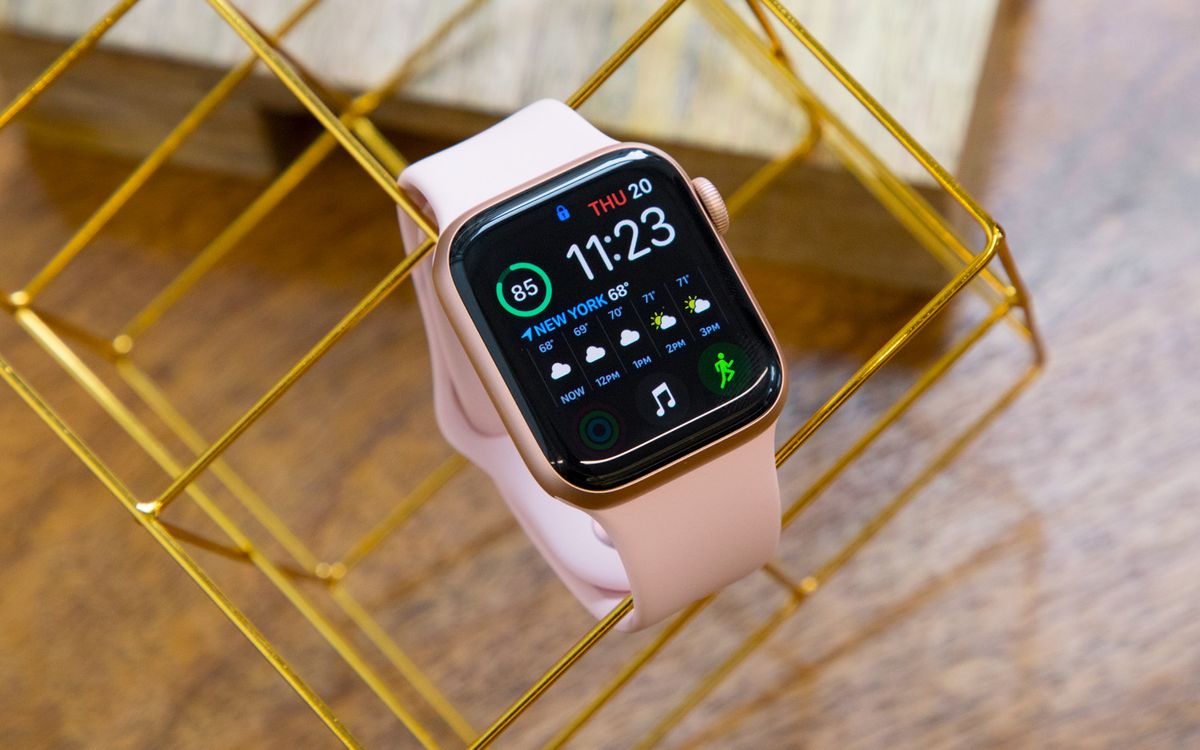The ocean holds many secrets, and sometimes, it returns unexpected treasures. Recently, a heartwarming story emerged from the shores of Brazil, highlighting the unexpected utility of Apple’s Medical ID feature. Thiago Itagaki was enjoying a swim at Maresias beach when he stumbled upon a submerged iPhone. The device lay three meters deep and about ten meters from the shoreline. After inquiring among beachgoers without success, Thiago took the phone home, determined to find its owner.
The iPhone was completely drained of power and encased in a cover holding three credit cards. Thiago carefully dried the device and, after charging it, discovered the Medical ID feature. This often-overlooked function allows users to store crucial information, accessible even without unlocking the phone, for emergencies. This data includes allergies, blood type, and, crucially for this story, emergency contacts. Thiago contacted the number listed under “Love,” successfully reaching the iPhone’s owner.
The owner, a resident of São Paulo, had lost the phone during New Year’s Eve celebrations. Unbelievably, the device had spent four days underwater. The owner, who had long given up hope of recovery, was overjoyed. The story quickly gained traction online, demonstrating how technology can unexpectedly bridge the gap between strangers and reunite lost possessions. This incident serves as a potent reminder of the importance of keeping one’s Medical ID updated, a simple step that can have profound consequences. While iPhones boast water resistance, this incident highlights the feature’s limitations and the importance of backup plans.
The Chip Battle: AMD’s Claims and the Missing Piece of the Puzzle
The tech world is constantly abuzz with competition, particularly in the realm of processors. Recently, AMD unveiled its new Ryzen AI Max laptop chip, making bold claims about its performance relative to Apple’s M4 series. However, a closer look reveals a significant omission in their comparative data.
AMD’s Ryzen AI Max, a 16-core chip designed for AI and graphics-intensive tasks, is positioned as a powerhouse for creators and gamers. To demonstrate its capabilities, AMD presented benchmark comparisons against Apple’s M4 chips, commonly found in MacBook Pros. The comparisons included the 12-core M4 and the 14-core M4 Pro, showcasing the Ryzen AI Max’s advantages in various rendering workloads. In some benchmarks, the Ryzen showed significant leads, bolstering AMD’s claims of superior performance.
However, a critical detail was missing: the 16-core M4 Max. This omission raises serious questions about the validity of AMD’s comparisons. The M4 Max, with its significantly more powerful GPU (up to 40 cores compared to the M4 Pro’s 20), represents the top tier of Apple’s silicon. By excluding this crucial chip from the benchmarks, AMD painted an incomplete picture. While the Ryzen AI Max might outperform the lower-tier M4 chips in certain tasks, its performance against the M4 Max remains unknown.
This selective comparison raises suspicion that the M4 Max would outperform the Ryzen AI Max in relevant benchmarks, particularly those heavily reliant on GPU performance. By focusing on less powerful configurations, AMD avoids a direct comparison that could potentially undermine their marketing narrative.
The presentation highlighted the Ryzen AI Max “winning easily against the 12-core [M4] and trading blows with the 14-core [M4 Pro],” conveniently sidestepping the elephant in the room. This strategic omission suggests a deliberate attempt to present the Ryzen AI Max in the best possible light, without providing a complete and fair comparison against Apple’s full range of silicon.
The tech community has already picked up on this discrepancy. Online discussions and comments sections are filled with users pointing out the missing comparison, suggesting that AMD is trying to maintain relevance in a market where Apple has made significant strides with its silicon. This highlights the importance of critical analysis when evaluating performance claims and the need for comprehensive data to draw accurate conclusions.




